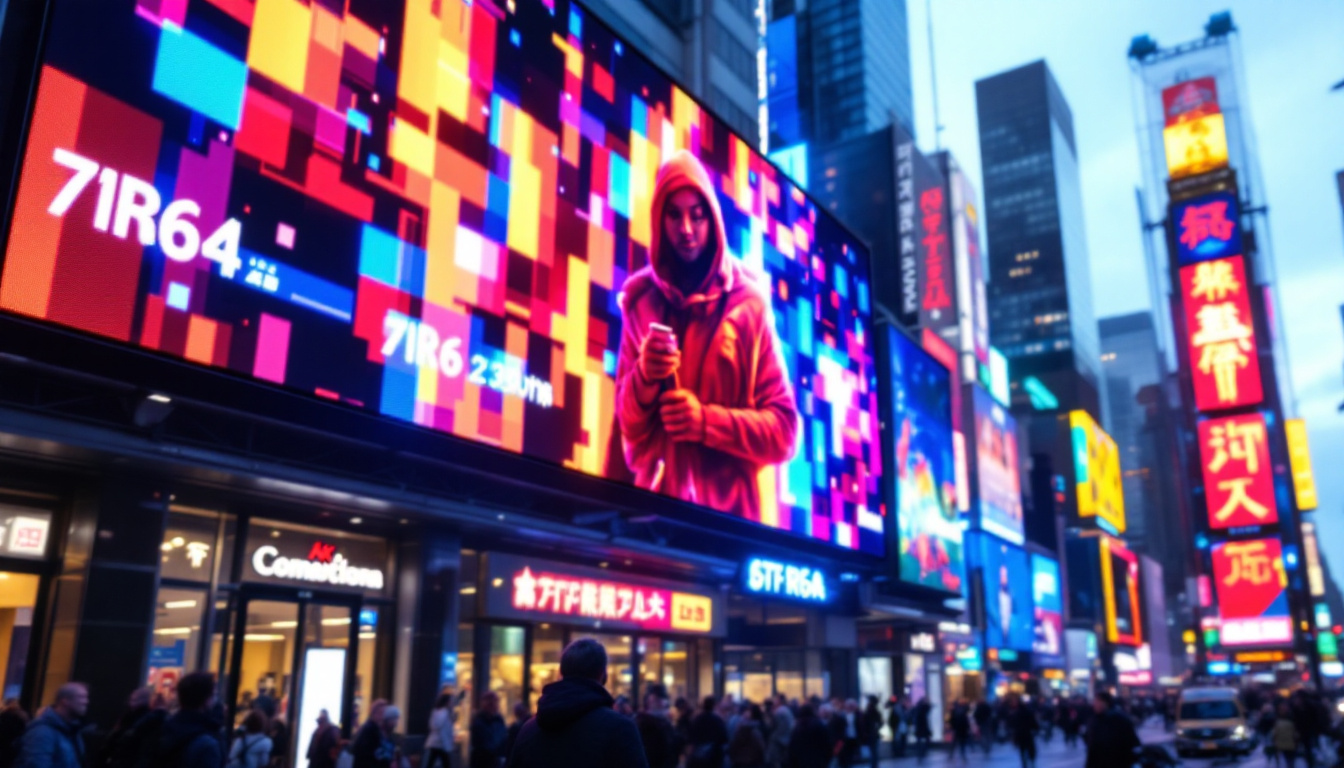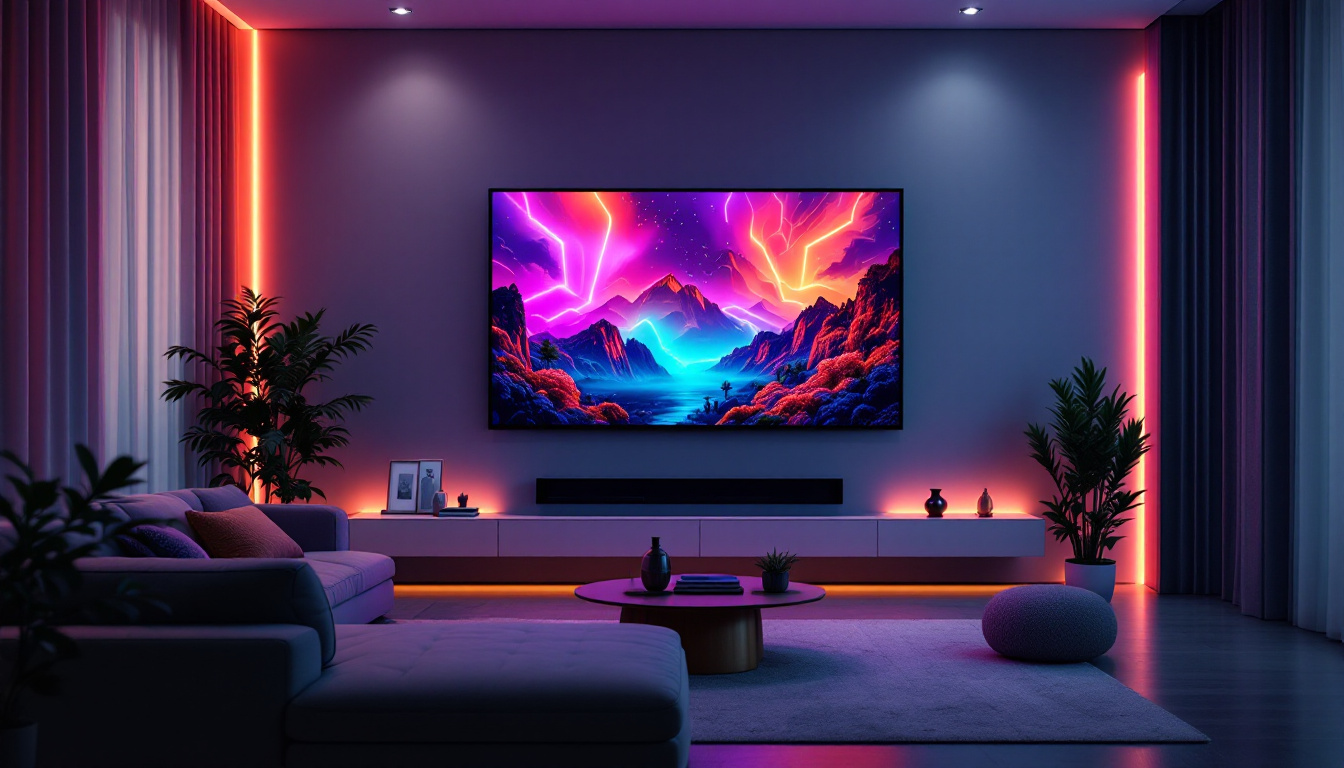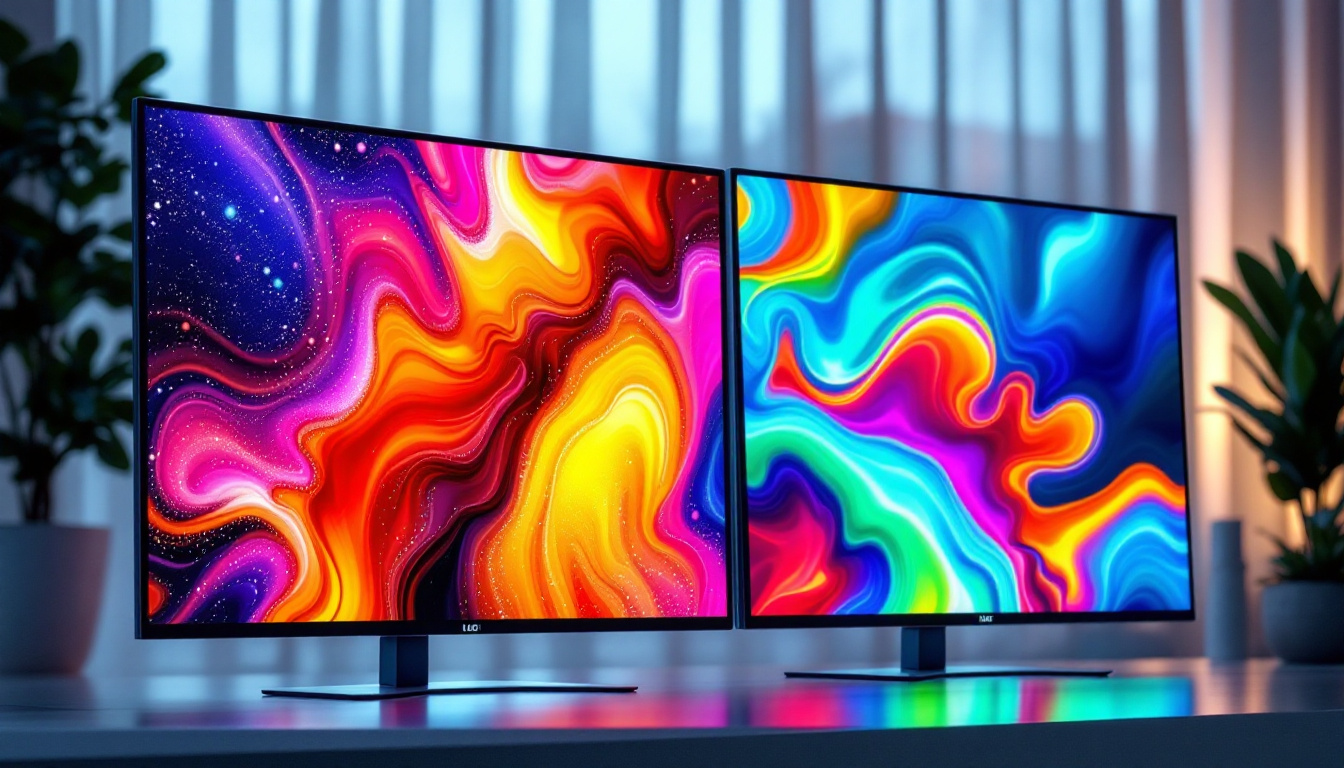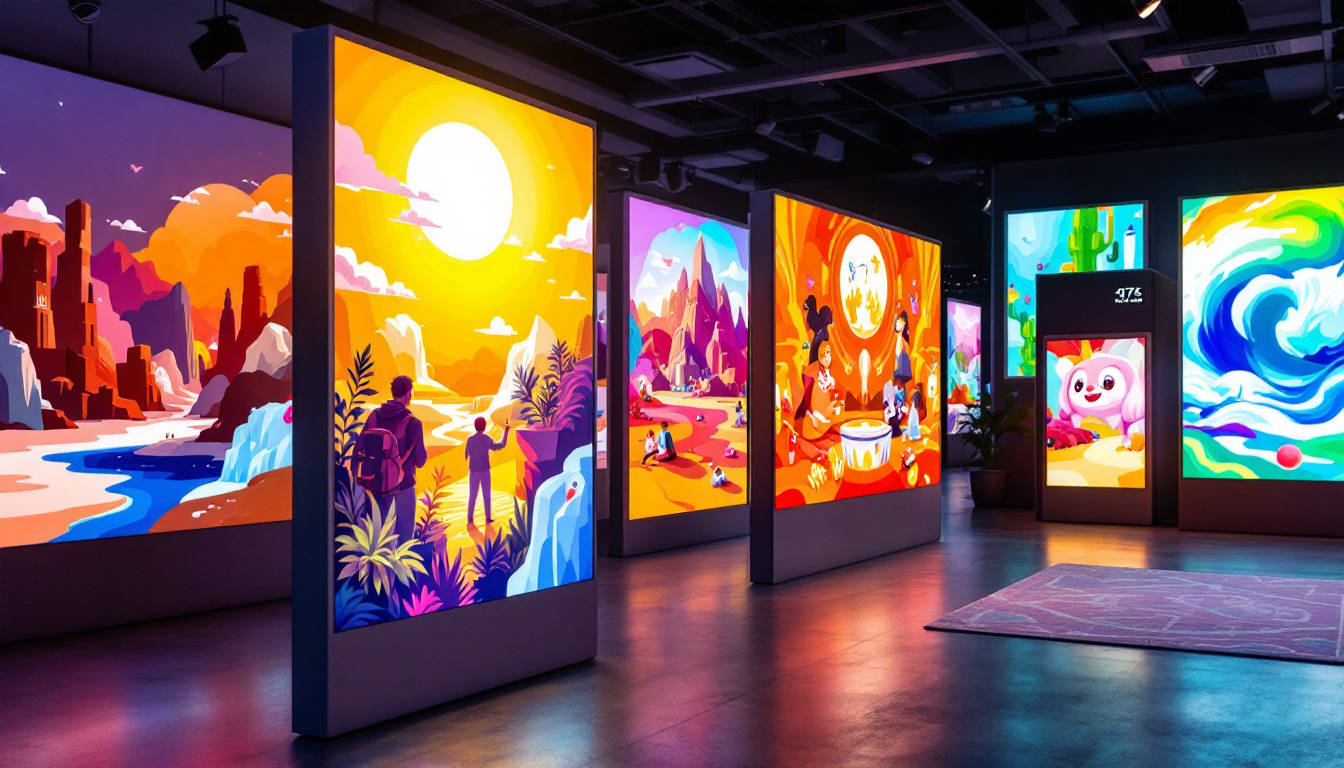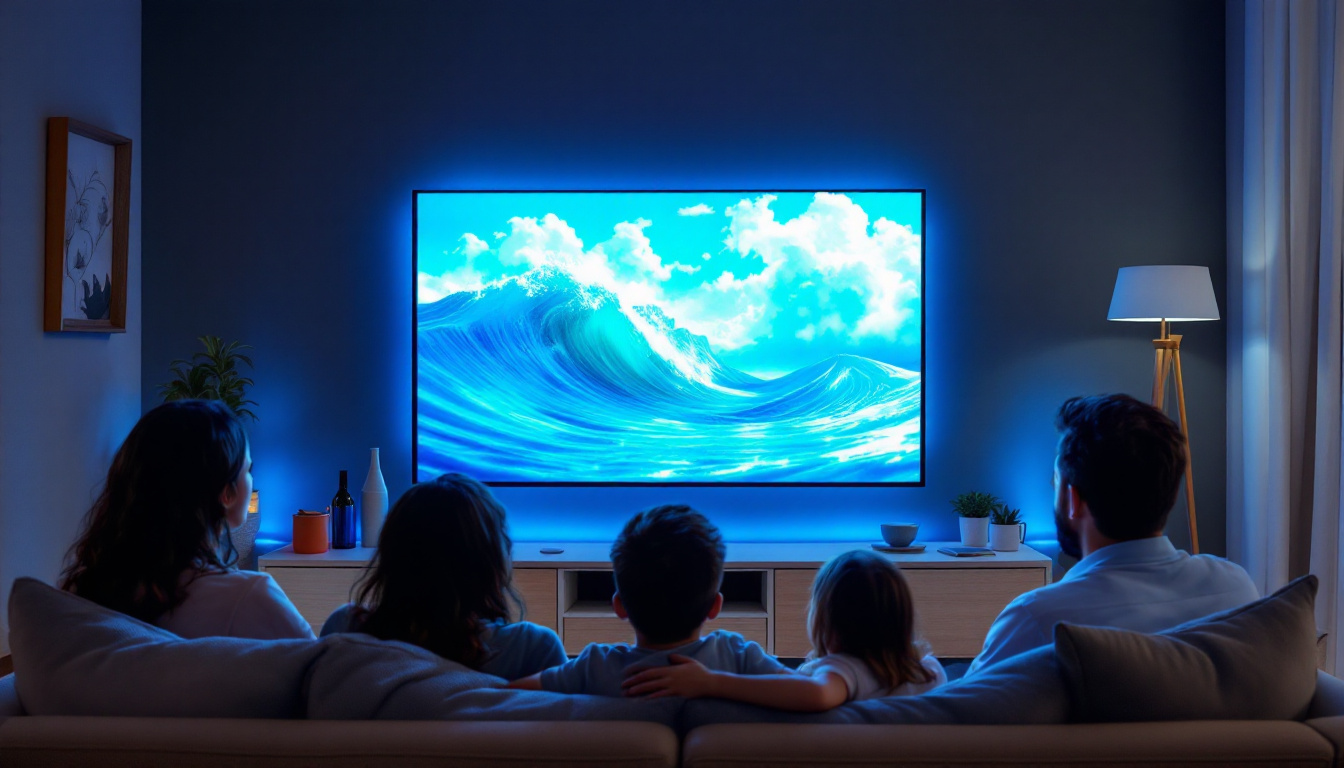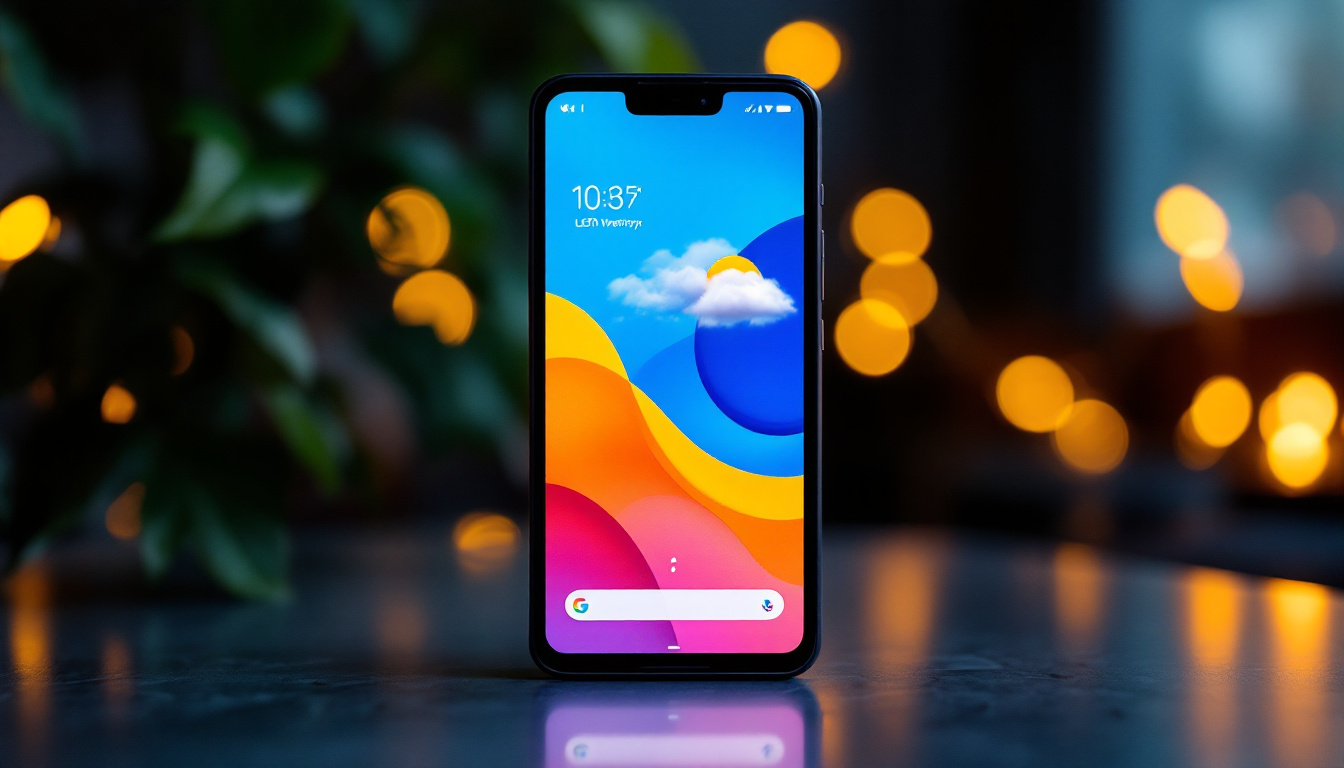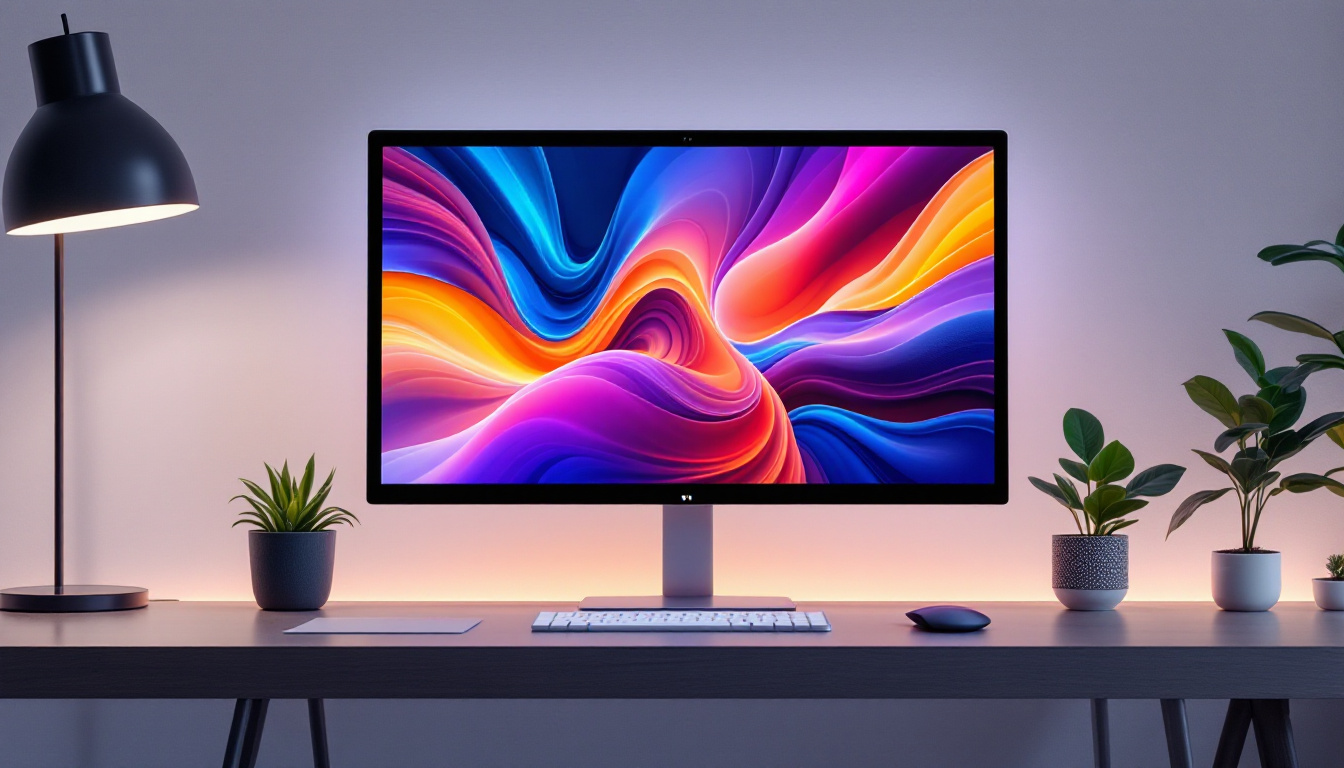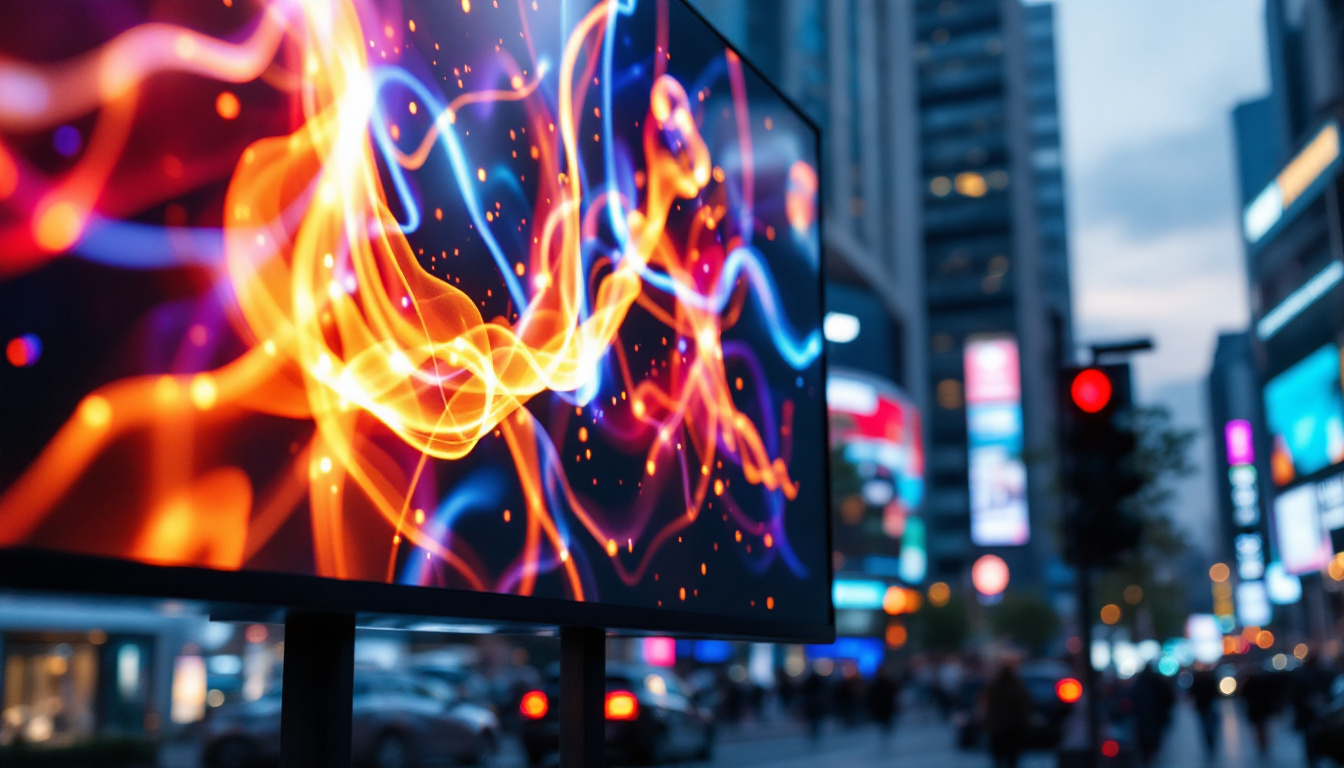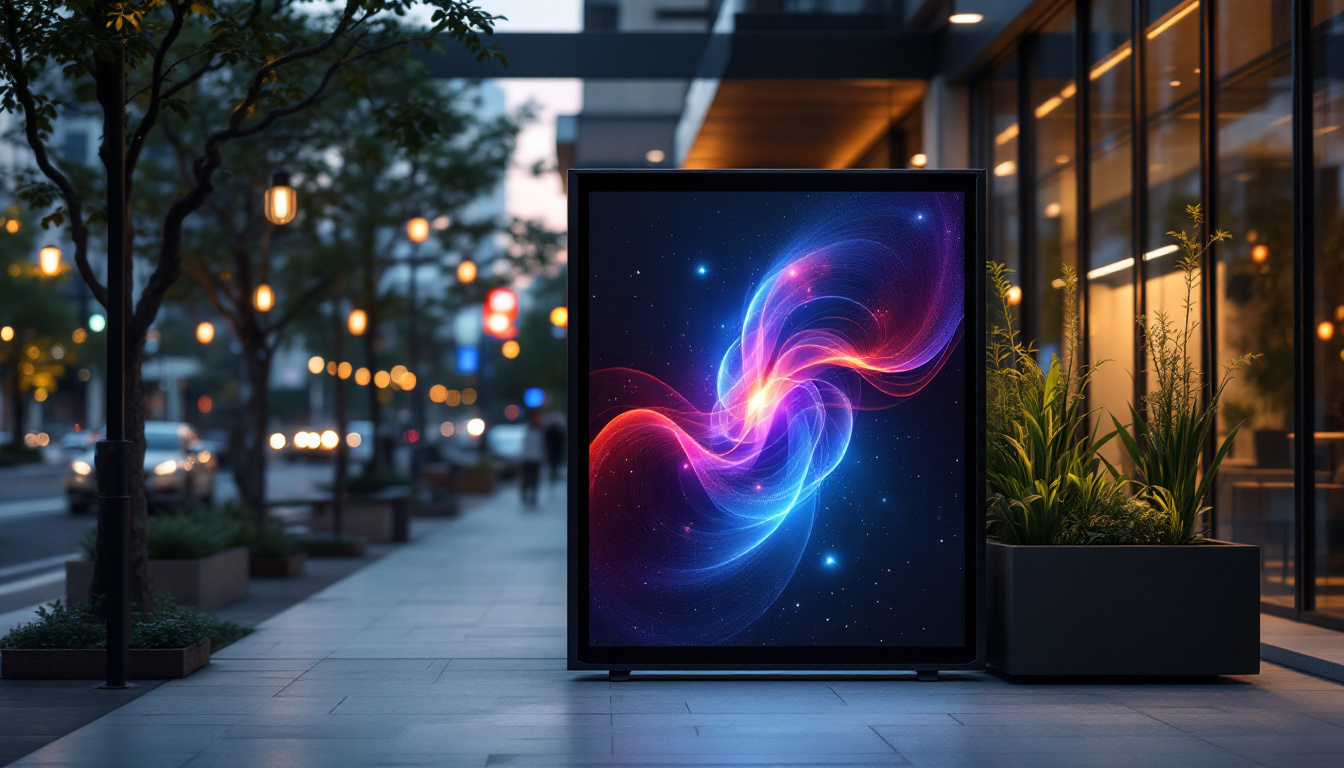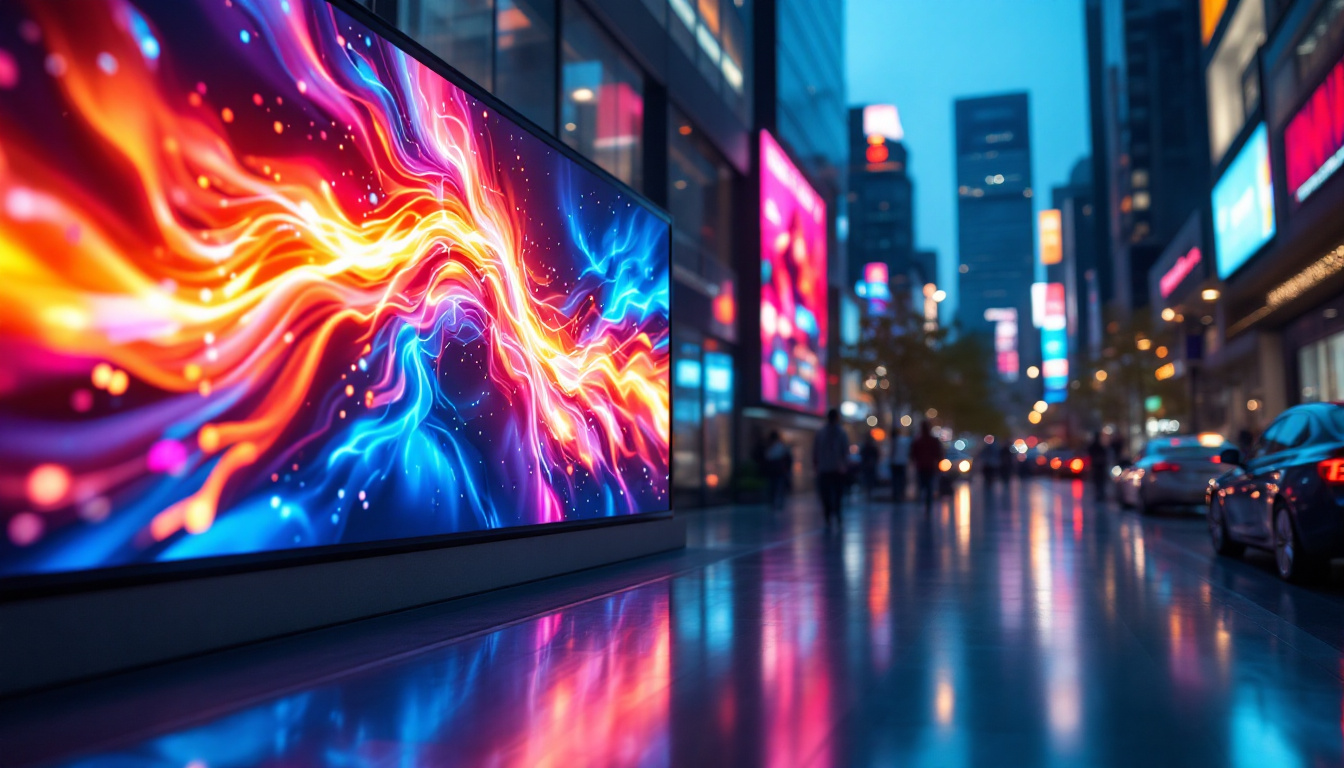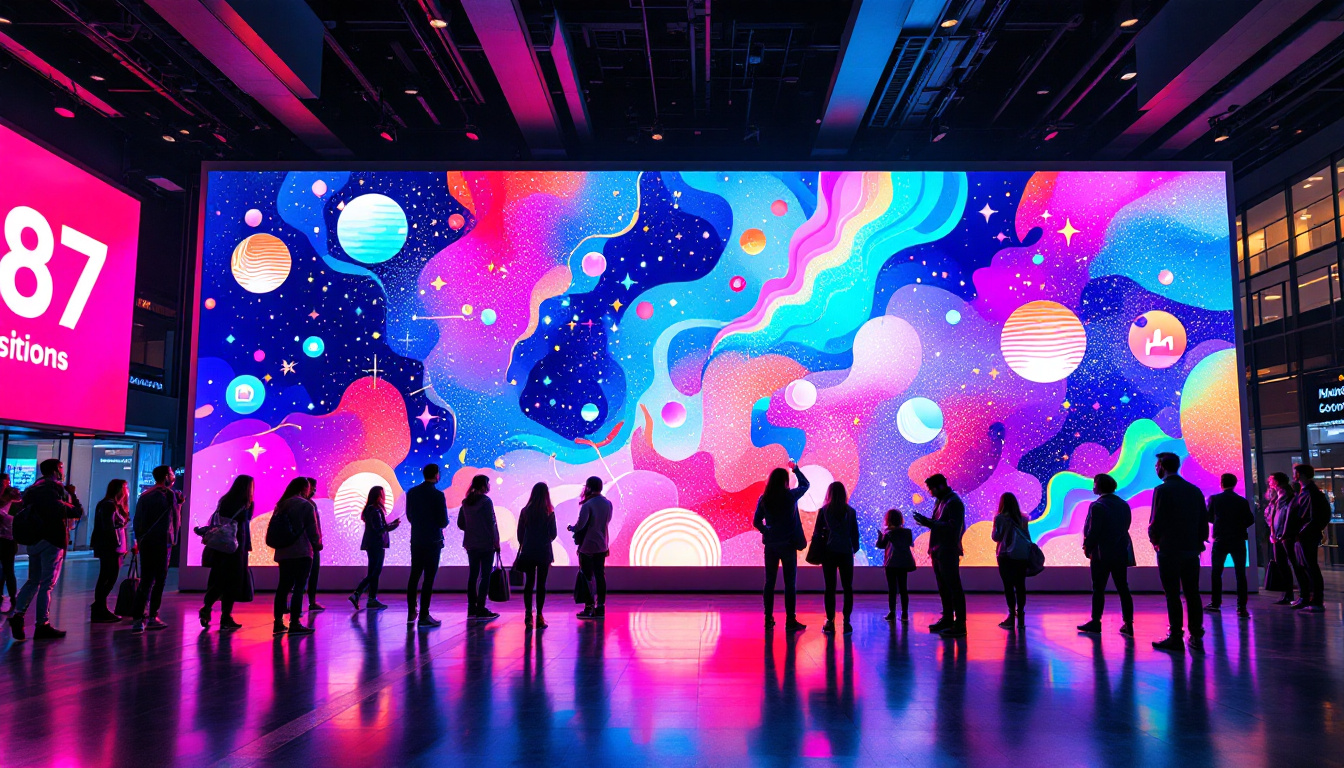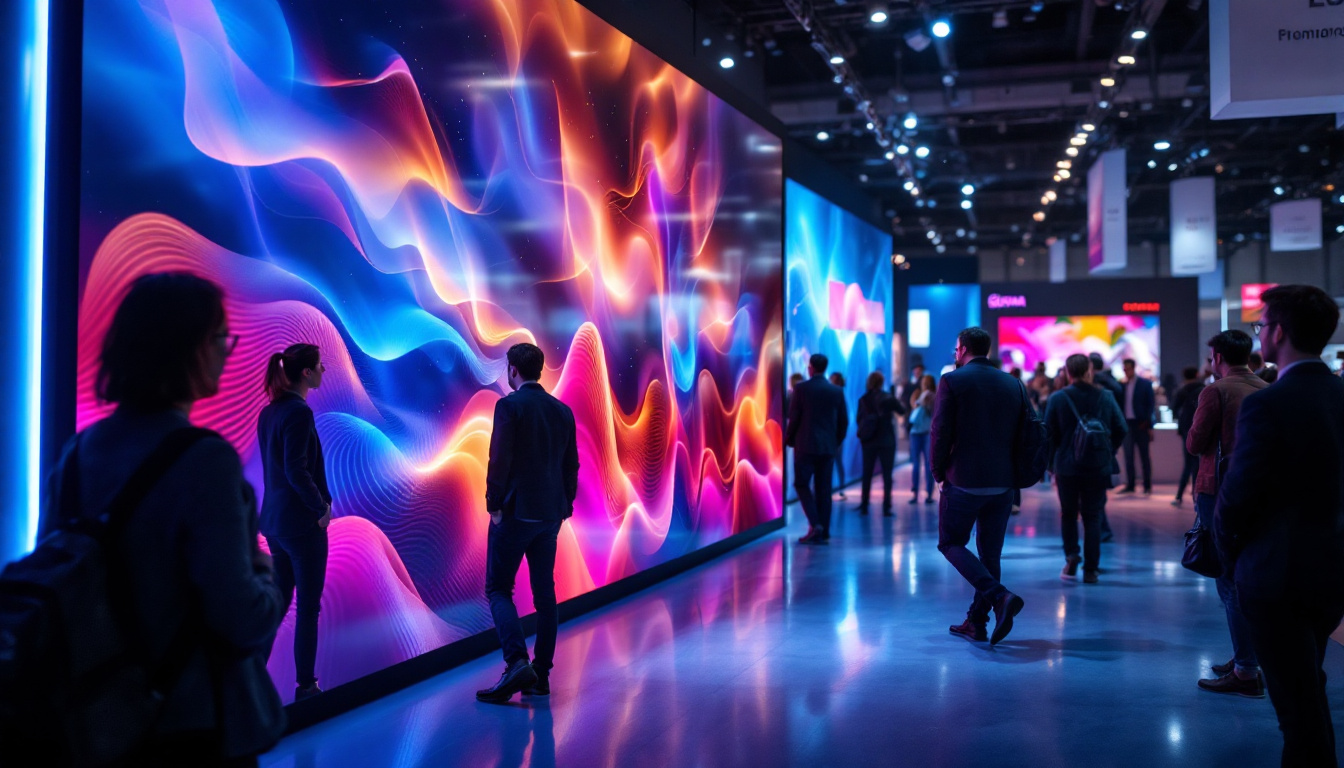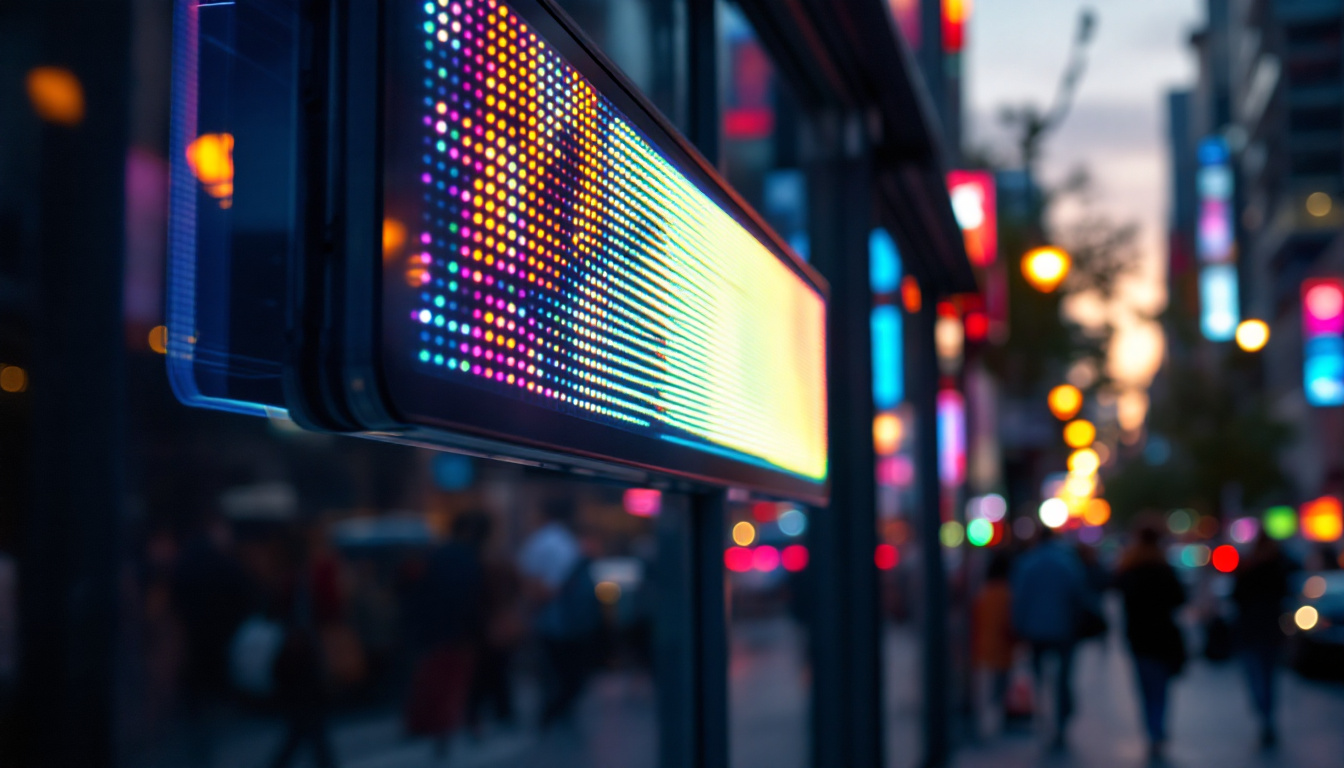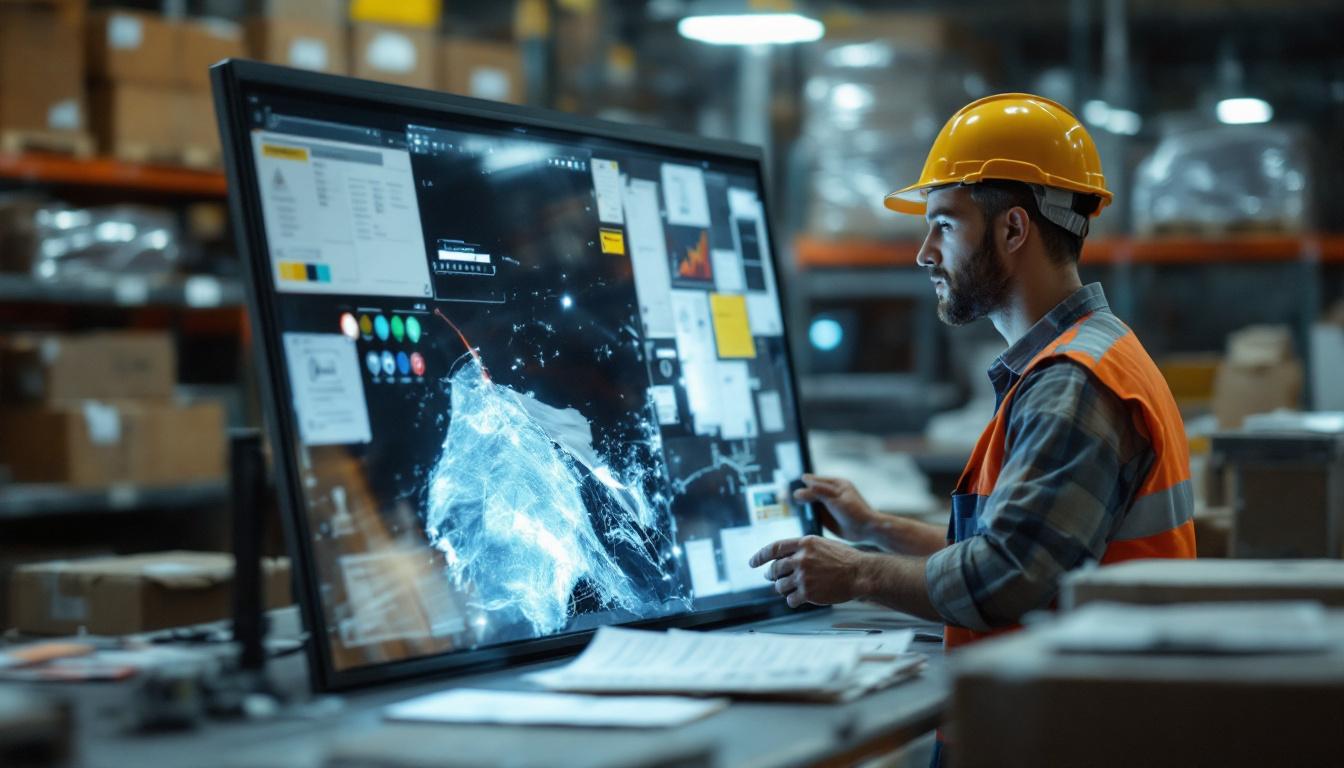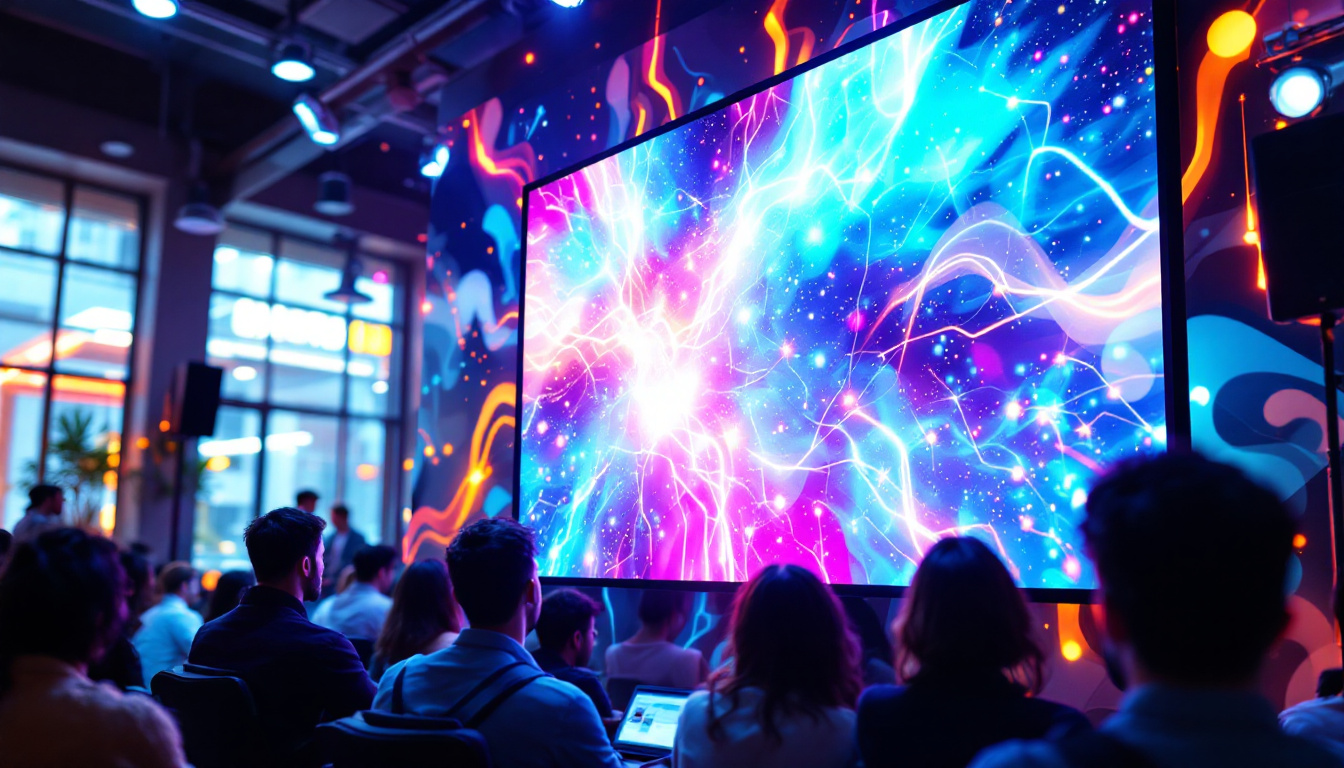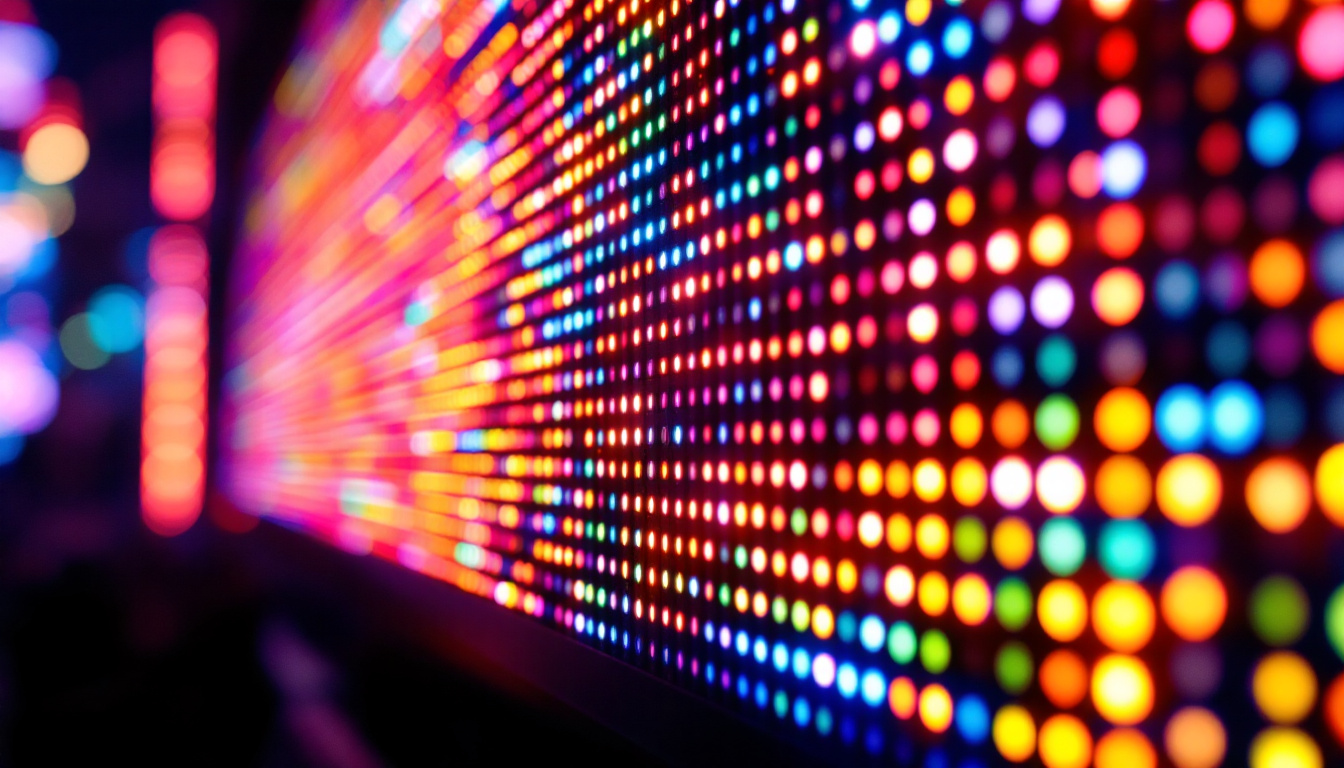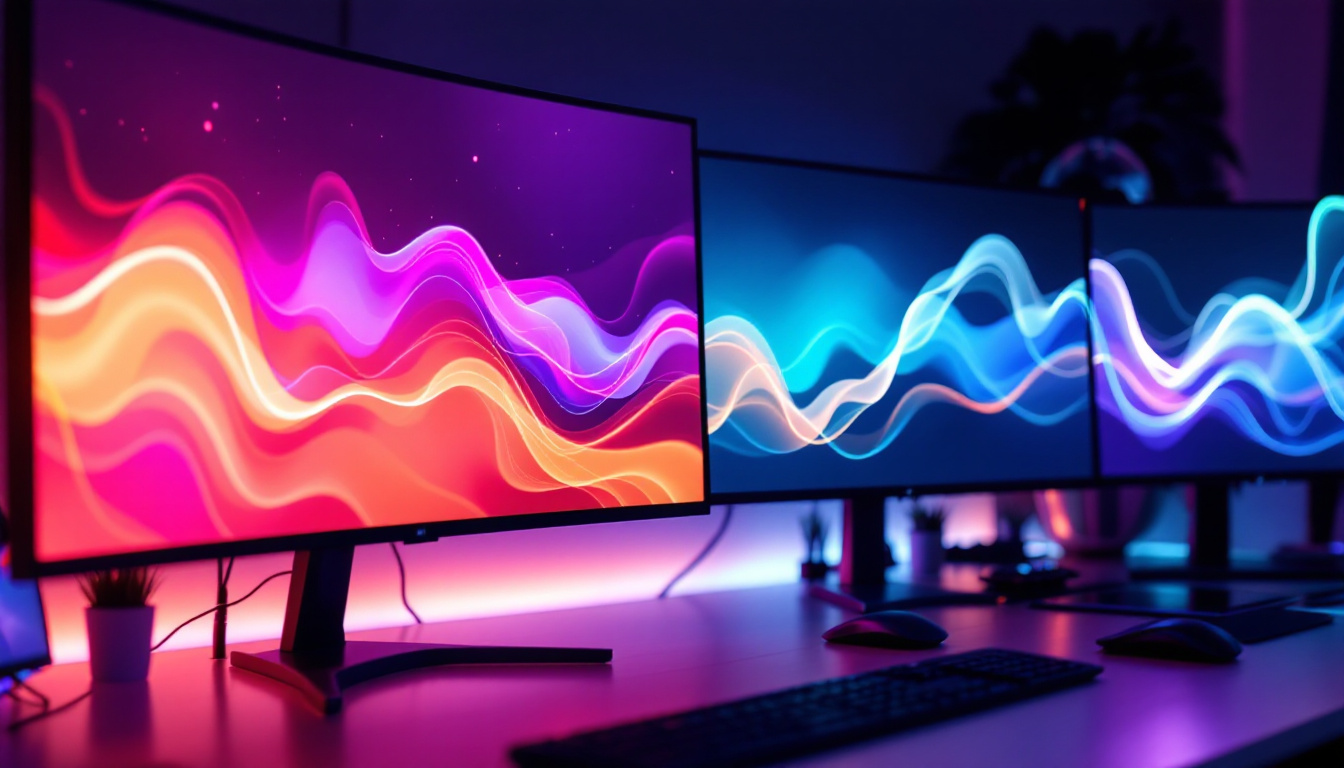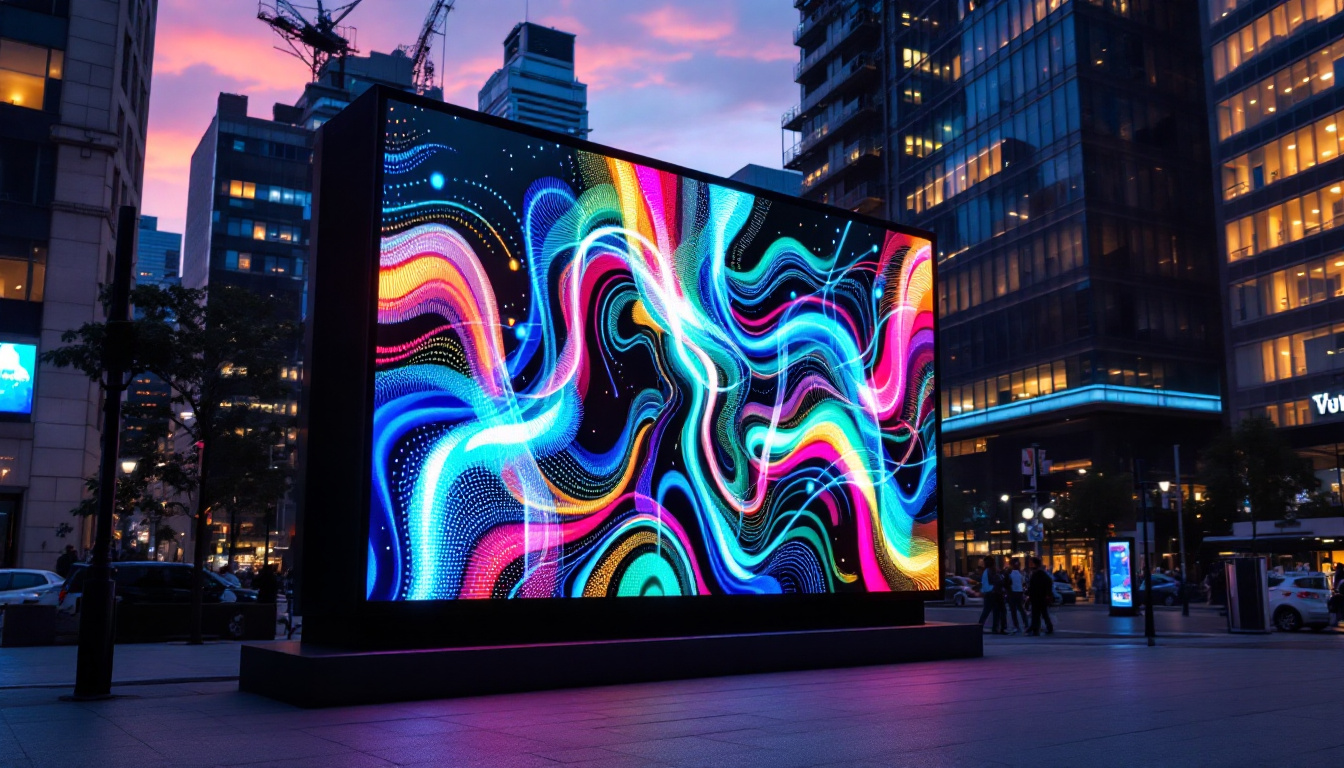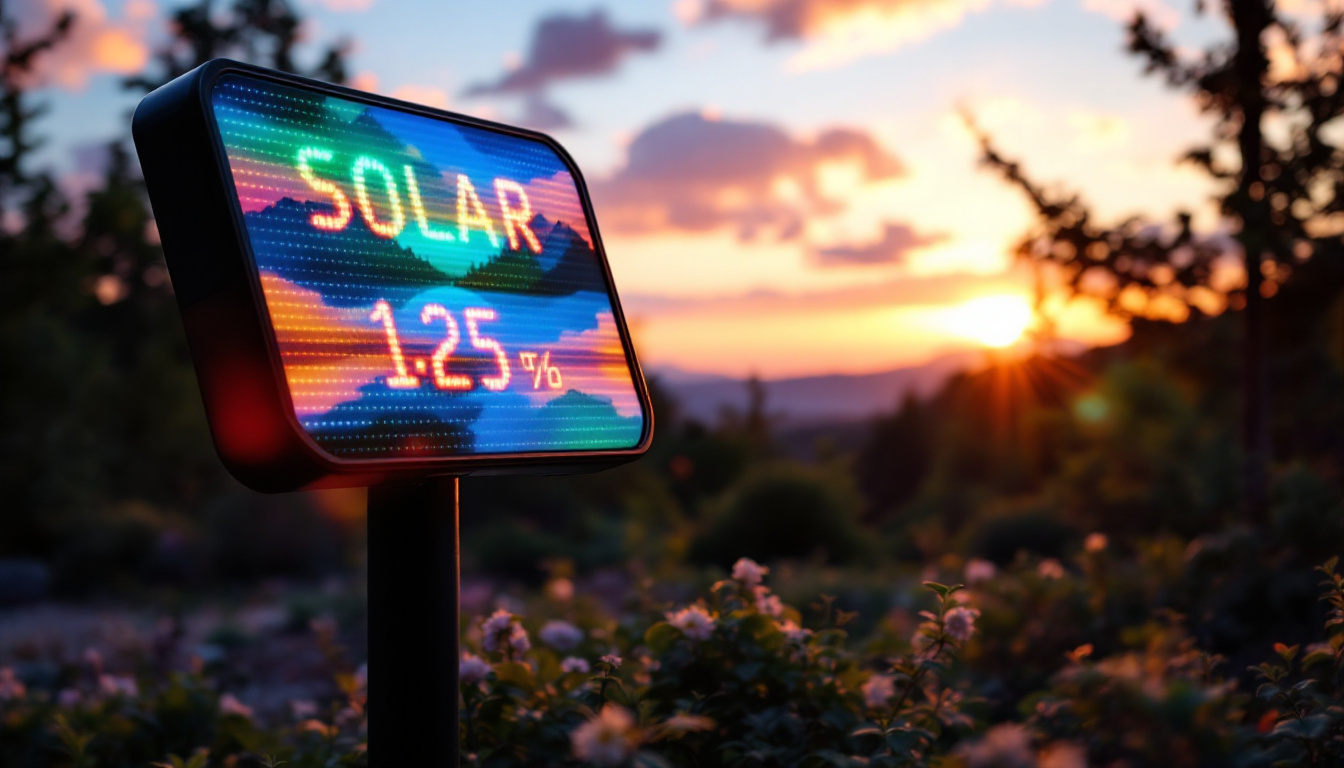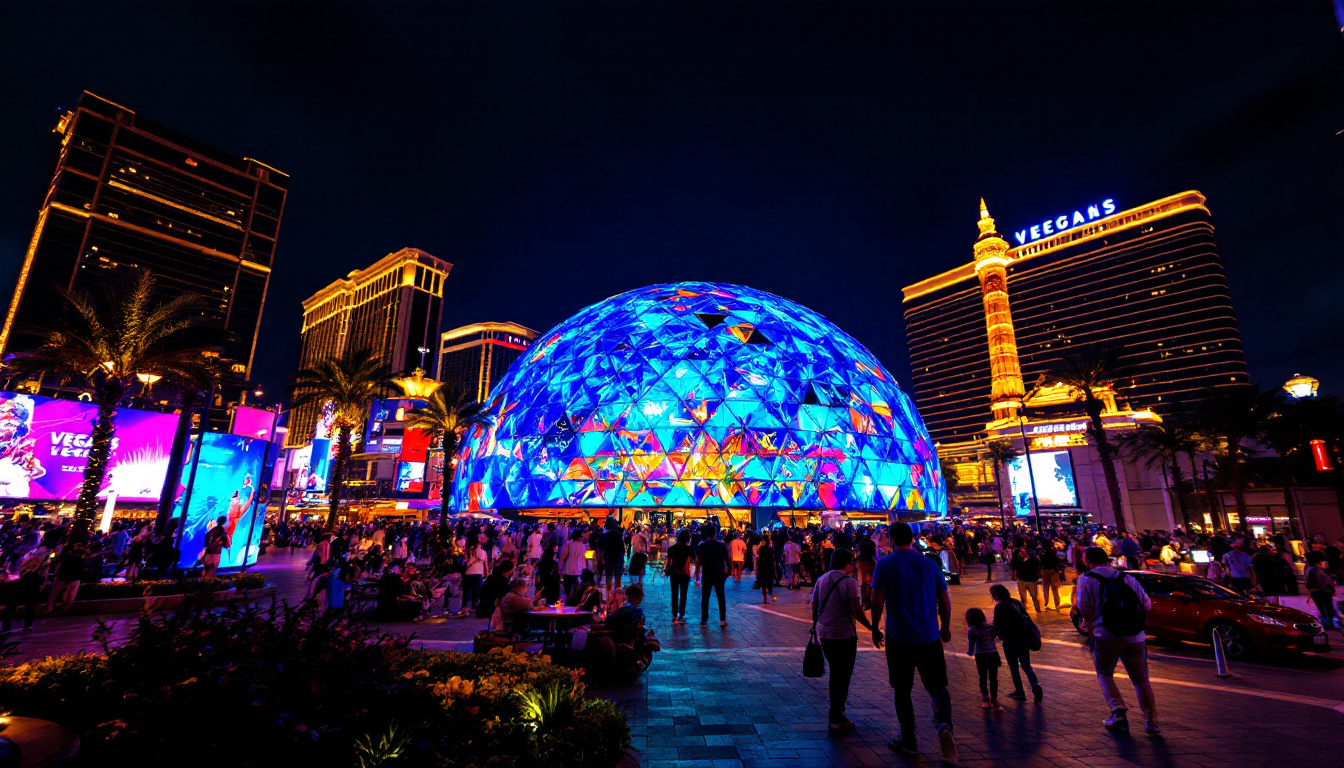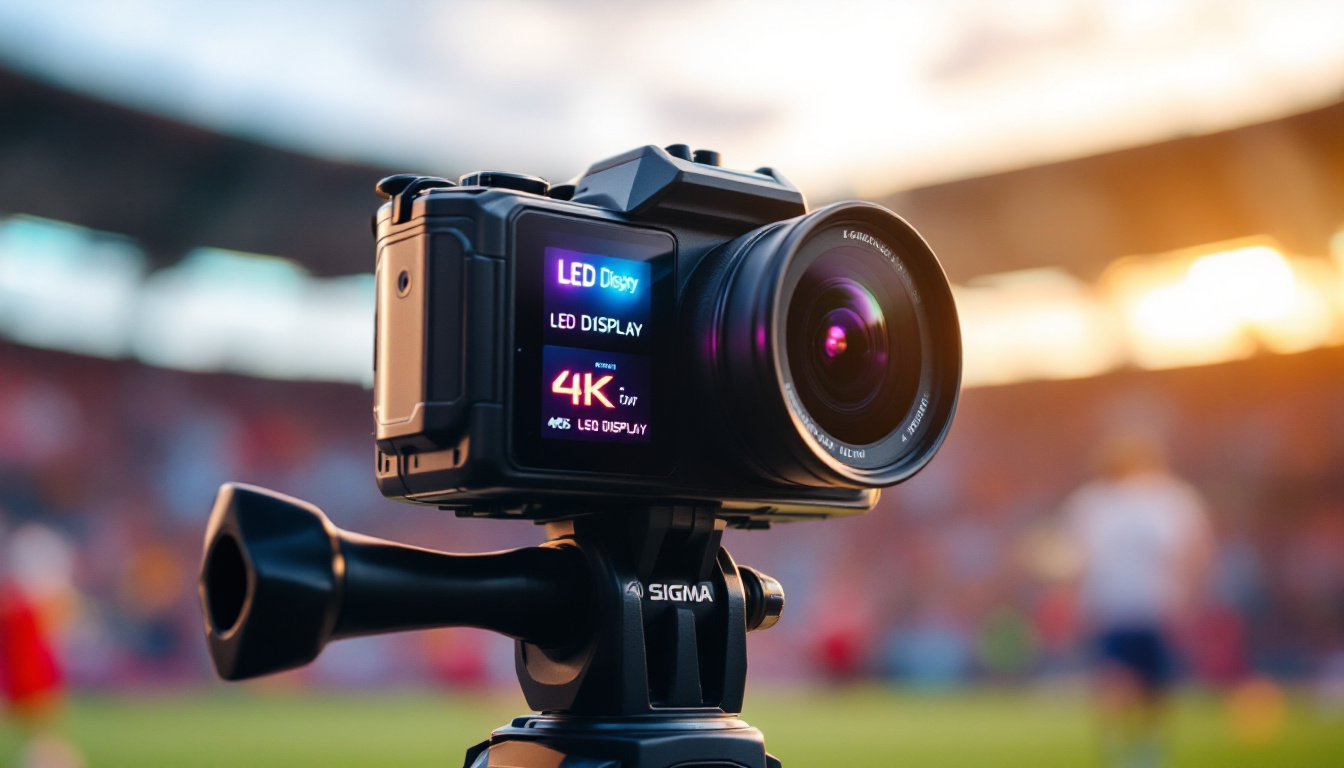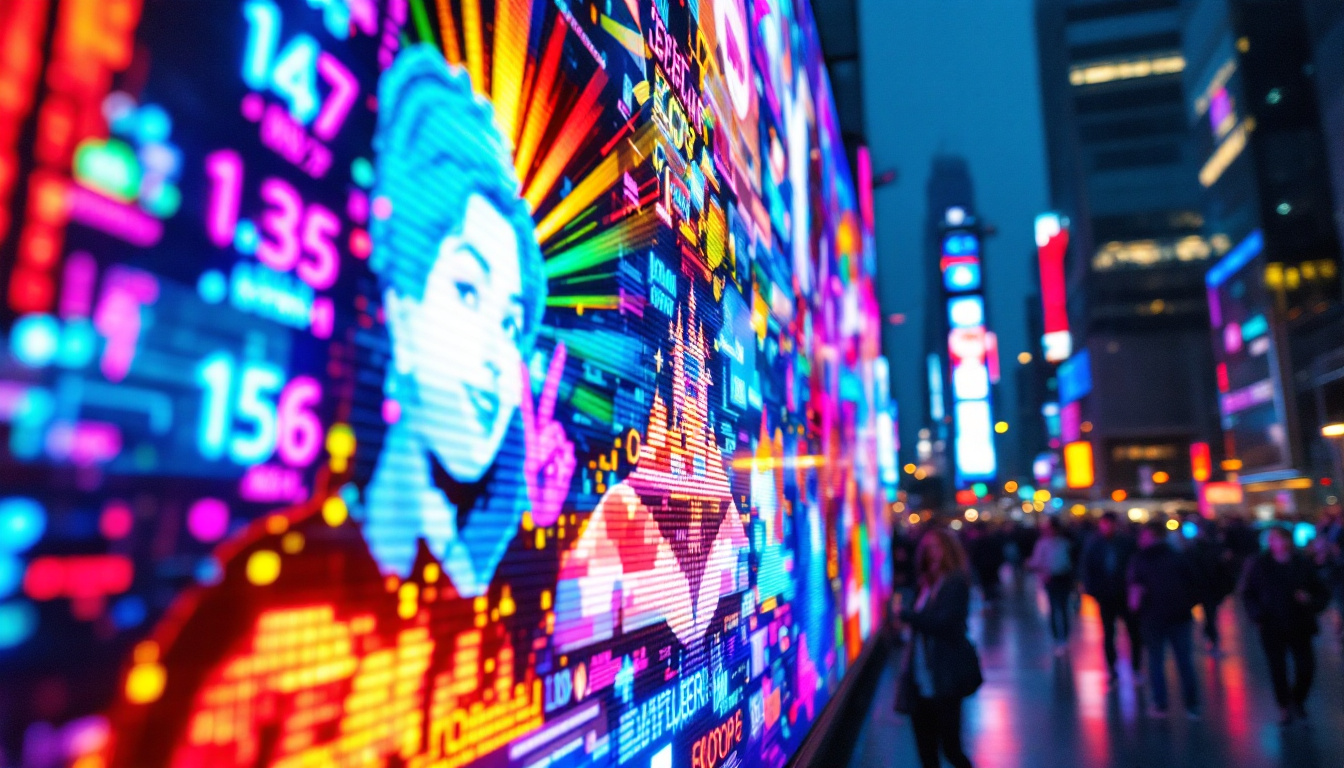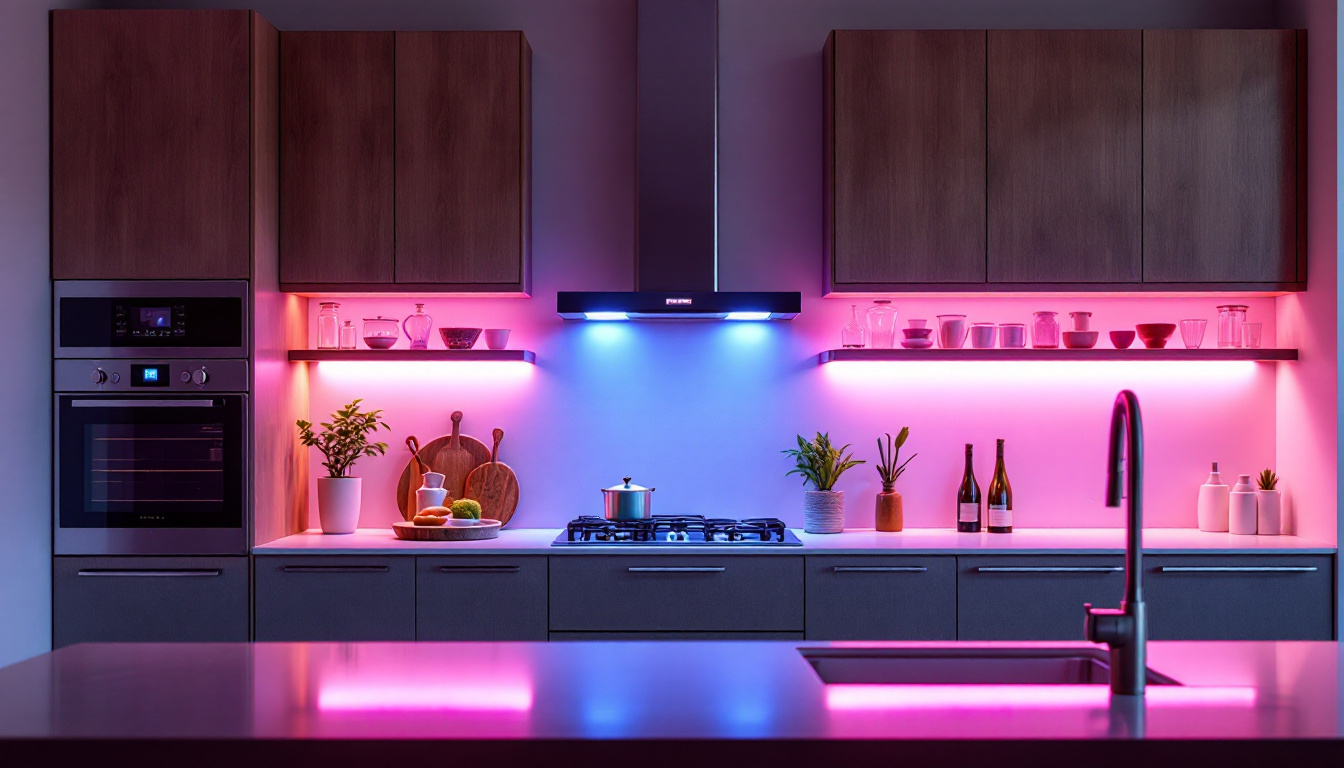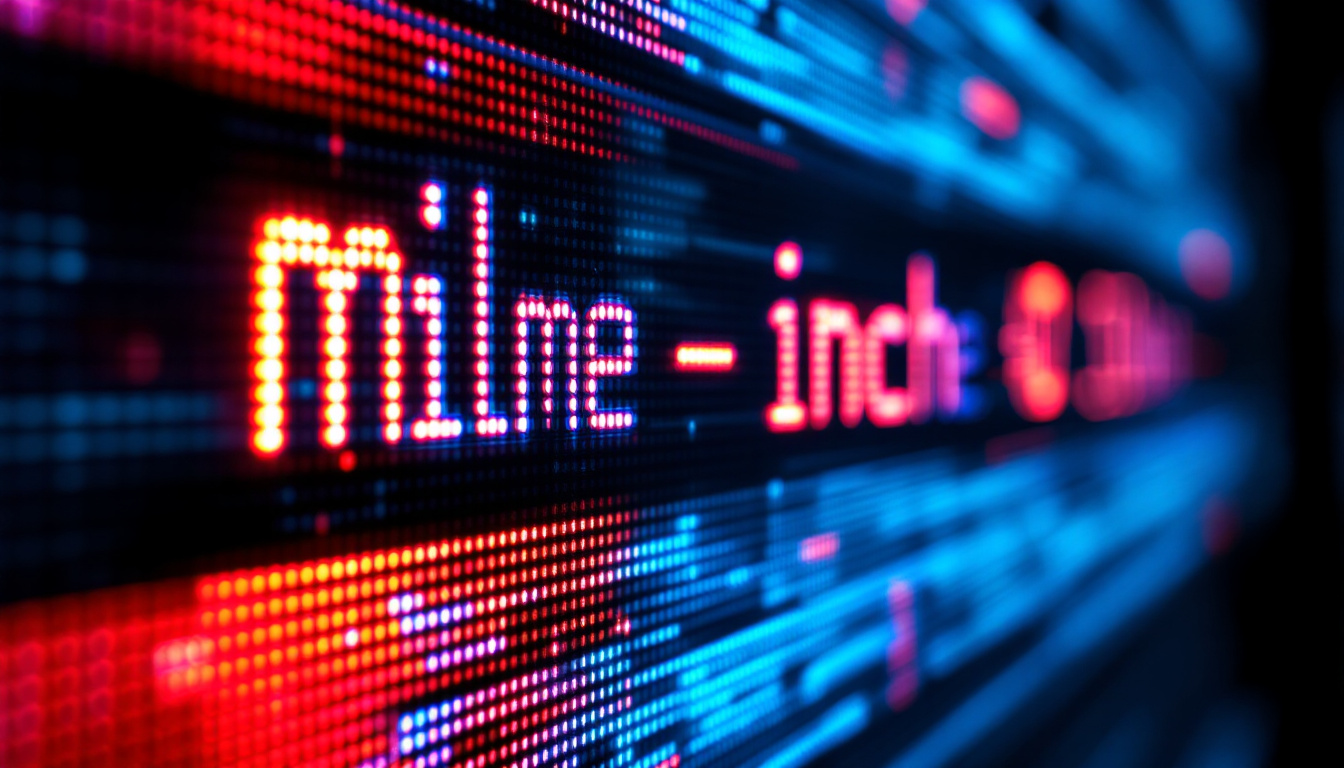Largest LED Light: LED Display Explained
LED displays have revolutionized the way visual information is conveyed, transforming everything from advertising to entertainment. Among the various types of LED displays, the largest LED lights stand out not only for their size but also for their technological advancements. This article delves into the world of large LED displays, exploring their features, applications, and the technology behind them.
Understanding LED Technology
Light Emitting Diodes (LEDs) are semiconductor devices that emit light when an electric current passes through them. This technology has evolved significantly since its inception, leading to the creation of vibrant and efficient displays that are used in various settings. From residential lighting to massive billboards, LEDs have transformed the way we illuminate and communicate visually in our environments.
The Basics of LED Operation
LEDs work based on electroluminescence, where electrons recombine with holes in the semiconductor material, releasing energy in the form of photons. This process is highly efficient compared to traditional incandescent bulbs, resulting in lower energy consumption and longer lifespans. In fact, LEDs can last up to 25 times longer than incandescent bulbs, making them a cost-effective choice for both consumers and businesses alike.
One of the key advantages of LED technology is its ability to produce a wide range of colors. By combining different colors of light—red, green, and blue (RGB)—LEDs can create millions of color variations, making them ideal for displays that require high visual impact. Furthermore, advancements in technology have led to the development of white LEDs, which can produce a warm or cool light, catering to various aesthetic preferences and functional needs in lighting design.
Types of LED Displays
There are several types of LED displays, each designed for specific applications. The most common types include:
- Direct View LED Displays: These displays consist of individual LEDs that are arranged in a grid. They are commonly used for outdoor advertising and large-scale events, providing bright and eye-catching visuals that can be seen from great distances.
- LED Video Walls: Composed of multiple smaller LED panels, video walls can create a seamless large display. They are often used in control rooms, concerts, and sports arenas, where dynamic content and high resolution are essential for engaging audiences.
- Transparent LED Displays: These innovative displays allow for visibility through the screen, making them perfect for retail environments where product visibility is crucial. They can be integrated into windows or glass surfaces, providing a modern touch while still showcasing the products behind them.
Additionally, there are flexible LED displays that can be bent or shaped to fit unconventional spaces, making them suitable for creative installations and artistic displays. These flexible options open up new possibilities for designers and advertisers, allowing for unique presentations that capture attention in ways traditional displays cannot. As LED technology continues to advance, we can expect even more innovative applications that push the boundaries of visual communication.
The Largest LED Displays in the World
When it comes to size, some LED displays have achieved record-breaking dimensions, capturing the attention of audiences worldwide. These colossal displays are not just for show; they serve practical purposes in advertising, entertainment, and public information. Their sheer scale transforms urban landscapes, creating vibrant focal points that draw in crowds and enhance the overall atmosphere of their surroundings.
Notable Examples
Several large LED displays have made headlines for their impressive size and innovative features. For instance, the Times Square LED displays in New York City are iconic, featuring massive screens that showcase advertisements and live events to millions of visitors each year. These screens are not only a testament to technological prowess but also a cultural phenomenon, often becoming part of the backdrop for major events like New Year’s Eve celebrations and film premieres.
Another remarkable example is the LED display at the Dubai Mall, which spans over 1,000 square meters. This display not only serves as an advertising platform but also enhances the shopping experience with stunning visuals and interactive content. The mall’s LED screen often features captivating animations and artistic displays that engage shoppers, making the experience more immersive. Beyond shopping, these displays have become a canvas for local artists and designers, showcasing creativity and innovation in a bustling retail environment.
Technological Innovations
The development of large LED displays has been fueled by advancements in technology. High-resolution capabilities, improved brightness, and energy efficiency are just a few of the innovations that have made these displays more appealing. The latest models utilize cutting-edge pixel technology, allowing for clearer images and vibrant colors that can be seen even in direct sunlight, making them ideal for outdoor settings.
Furthermore, the integration of smart technology allows for dynamic content updates and remote management, making it easier for businesses to adapt their messaging in real-time. This capability is particularly beneficial in fast-paced environments like sports arenas and concert venues. For example, during a live sporting event, these displays can instantly relay game statistics, player highlights, and even fan interactions, creating a more engaging experience for attendees. Additionally, the use of augmented reality (AR) features on some displays is paving the way for interactive advertising campaigns that captivate audiences and encourage participation, blurring the lines between digital and physical experiences.
Applications of Large LED Displays
Large LED displays are utilized across various industries, each leveraging their unique capabilities to enhance communication and engagement. Here are some of the most common applications:
Advertising and Marketing
One of the primary uses of large LED displays is in advertising. Brands invest in these eye-catching displays to capture the attention of potential customers in high-traffic areas. The vibrant colors and dynamic content make them more effective than traditional billboards.
Moreover, the ability to change content quickly allows advertisers to tailor their messages based on time of day, audience demographics, or current events, maximizing their impact.
Entertainment and Events
In the entertainment industry, large LED displays play a crucial role in enhancing audience experiences. Concerts, festivals, and sporting events often feature massive screens that provide live feeds, replays, and engaging visuals, ensuring that attendees can enjoy the show from any angle.
Additionally, these displays are used in theme parks and attractions to create immersive environments, combining visuals with audio to transport visitors into different worlds.
Public Information and Safety
Large LED displays are also employed for public information purposes, such as traffic updates, weather alerts, and emergency notifications. Their visibility and ability to convey information quickly make them invaluable in urban settings.
For instance, cities often use LED displays on highways to inform drivers about traffic conditions, accidents, or road closures, enhancing overall safety and efficiency.
Benefits of Using Large LED Displays
The advantages of large LED displays extend beyond their visual appeal. Here are some key benefits that make them a popular choice for various applications:
Energy Efficiency
One of the most significant benefits of LED technology is its energy efficiency. Compared to traditional display technologies, large LED displays consume significantly less power, leading to reduced operational costs. This efficiency is particularly important for businesses that run displays continuously.
Longevity and Durability
LED displays are known for their longevity. With proper maintenance, they can last for over 100,000 hours, significantly outlasting other display technologies. This durability makes them a cost-effective investment for businesses, as they require less frequent replacements.
High Brightness and Visibility
Large LED displays offer exceptional brightness, making them visible even in direct sunlight. This feature is crucial for outdoor applications, where visibility can be a challenge. The high contrast ratios and vibrant colors also ensure that content remains engaging and easy to read.
Challenges and Considerations
While large LED displays offer numerous benefits, there are also challenges and considerations that stakeholders must keep in mind. Understanding these factors can help ensure successful implementation and operation.
Initial Investment Costs
The initial investment for large LED displays can be substantial. Businesses must weigh the costs against the potential benefits and return on investment. While the long-term savings on energy and maintenance can offset the initial costs, careful budgeting is essential.
Content Management
Effective content management is crucial for maximizing the impact of large LED displays. Businesses need to invest in content creation and management systems that allow for seamless updates and scheduling. Poorly managed content can lead to viewer disengagement and diminish the display’s effectiveness.
Regulatory Compliance
In many regions, there are regulations governing the use of large LED displays, particularly in outdoor settings. Businesses must ensure compliance with local laws regarding brightness levels, content restrictions, and placement to avoid penalties and ensure community acceptance.
Future Trends in LED Display Technology
The LED display industry is continually evolving, with new trends and technologies emerging that promise to enhance the capabilities and applications of these displays. Here are some trends to watch for in the future:
Higher Resolution Displays
As technology advances, the demand for higher resolution displays is increasing. Future large LED displays are expected to feature even higher pixel densities, resulting in sharper images and more detailed content. This trend will be particularly beneficial for applications requiring precise visuals, such as medical imaging and high-end advertising.
Integration with Augmented and Virtual Reality
The integration of LED displays with augmented reality (AR) and virtual reality (VR) technologies is set to transform how audiences interact with visual content. This combination can create immersive experiences that blend the physical and digital worlds, offering new opportunities for entertainment, education, and marketing.
Environmental Sustainability
As sustainability becomes a priority for many businesses, the LED display industry is also focusing on environmentally friendly practices. Future displays may incorporate recyclable materials, energy-efficient manufacturing processes, and features that reduce their carbon footprint, aligning with global sustainability goals.
Conclusion
Large LED displays represent a remarkable fusion of technology and creativity, offering unparalleled opportunities for communication and engagement across various sectors. Their ability to deliver vibrant visuals, coupled with energy efficiency and durability, makes them a preferred choice for businesses and organizations worldwide.
As technology continues to advance, the potential applications and benefits of large LED displays will only grow, paving the way for even more innovative solutions in advertising, entertainment, and public information. Embracing this technology not only enhances visibility but also positions businesses at the forefront of modern communication.
Discover LumenMatrix’s Innovative LED Display Solutions
Ready to elevate your visual communication with the latest in LED display technology? Look no further than LumenMatrix, a pioneer in crafting LED display modules that bring your brand to life. Whether you’re interested in Indoor LED Wall Displays, Outdoor LED Wall Displays, or specialized solutions like Vehicle LED Displays and LED Sports Displays, LumenMatrix offers a wide array of options to fit your unique needs. Experience the future of digital signage with our Custom LED Displays, All-in-One LED Displays, and LED Transparent Displays. Take the first step towards transforming your space and captivating your audience. Check out LumenMatrix LED Display Solutions today and join the revolution in visual storytelling.

